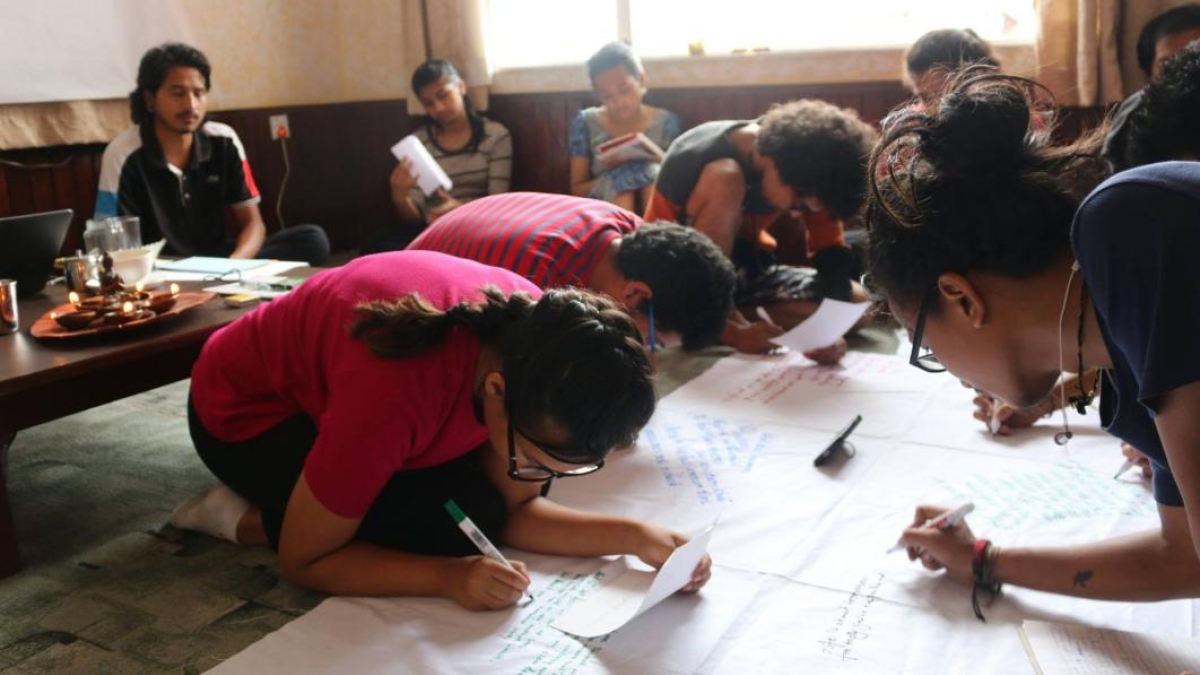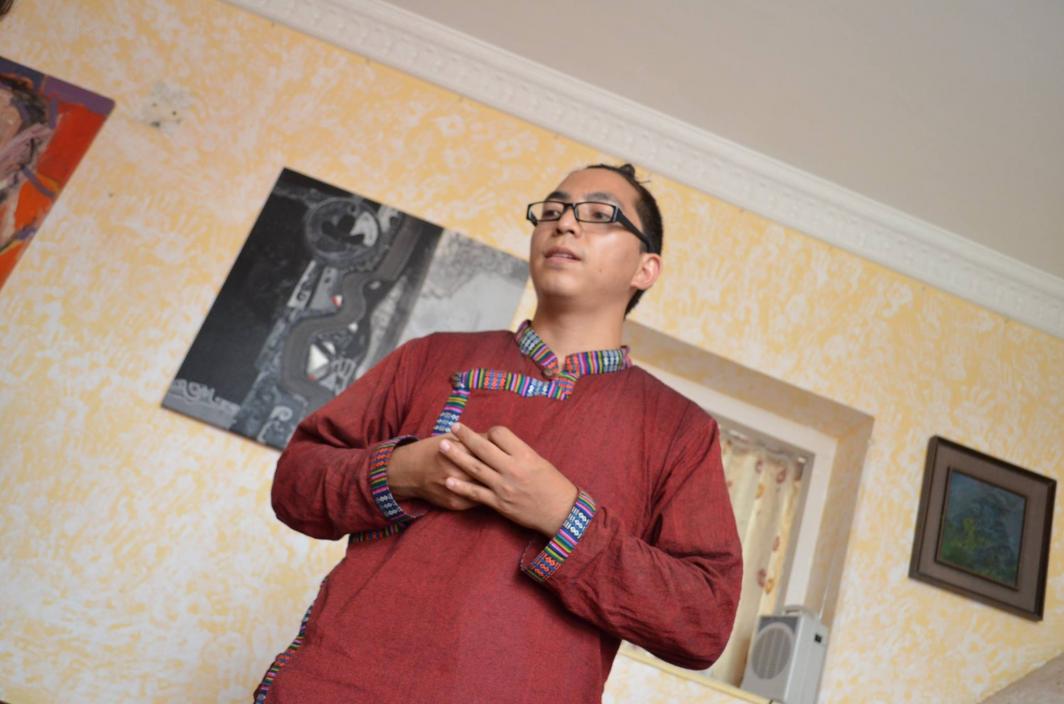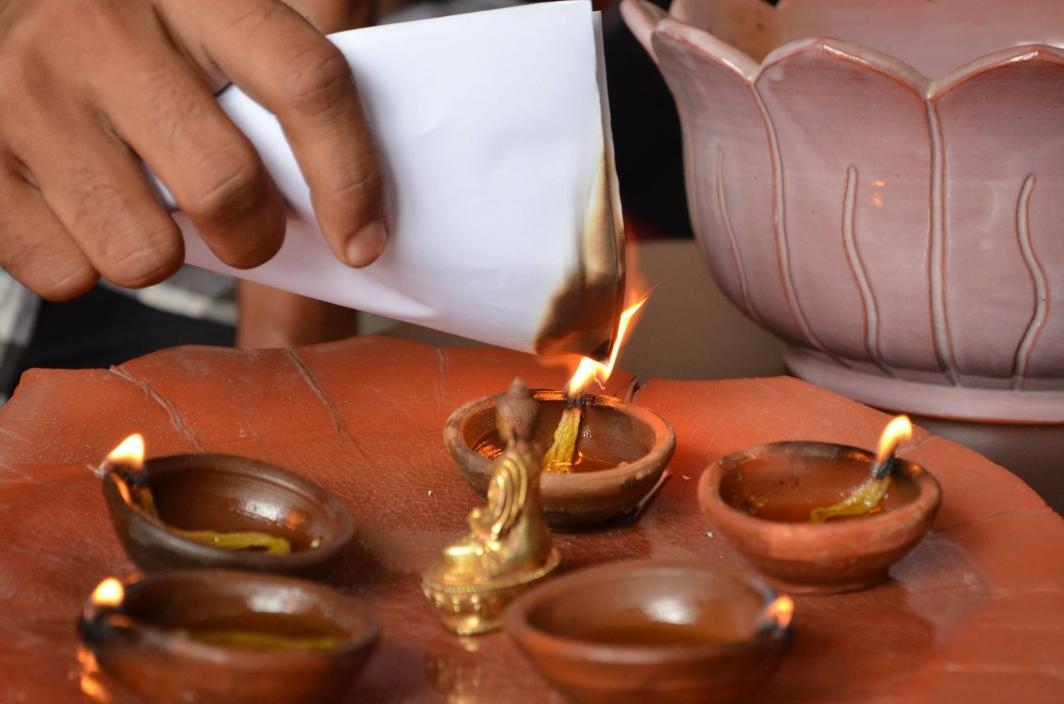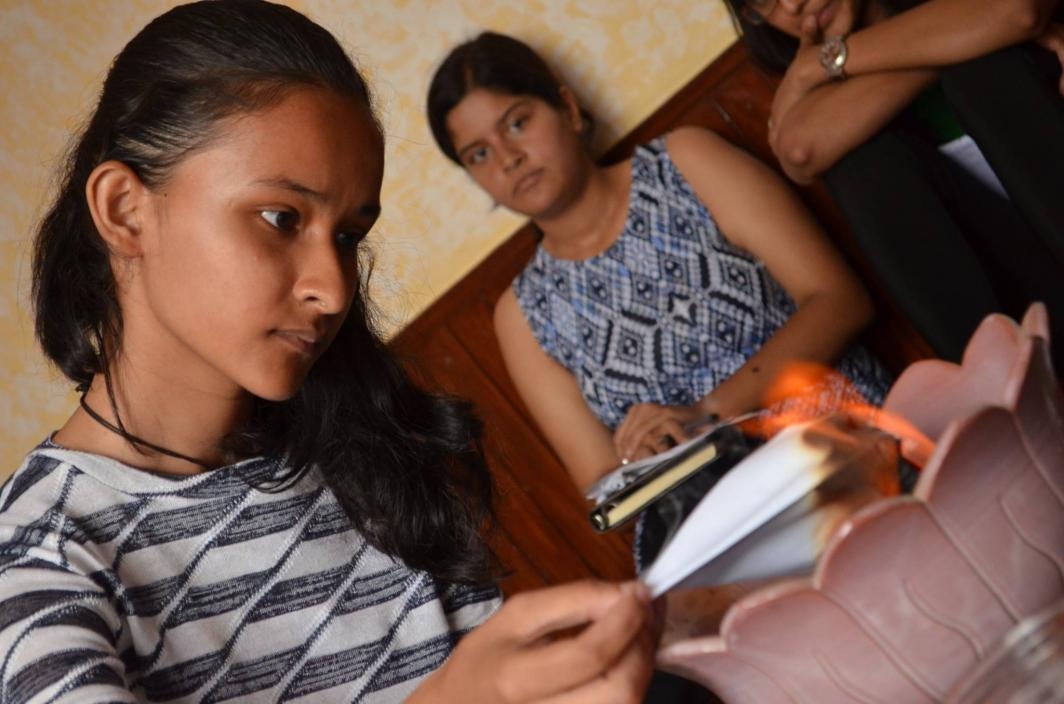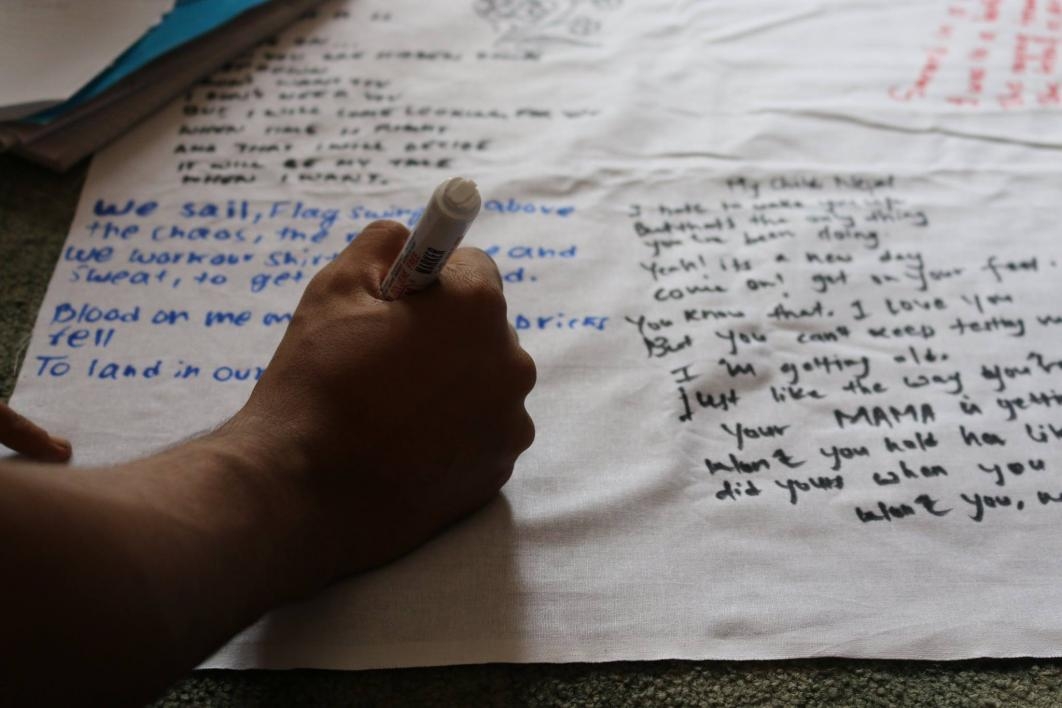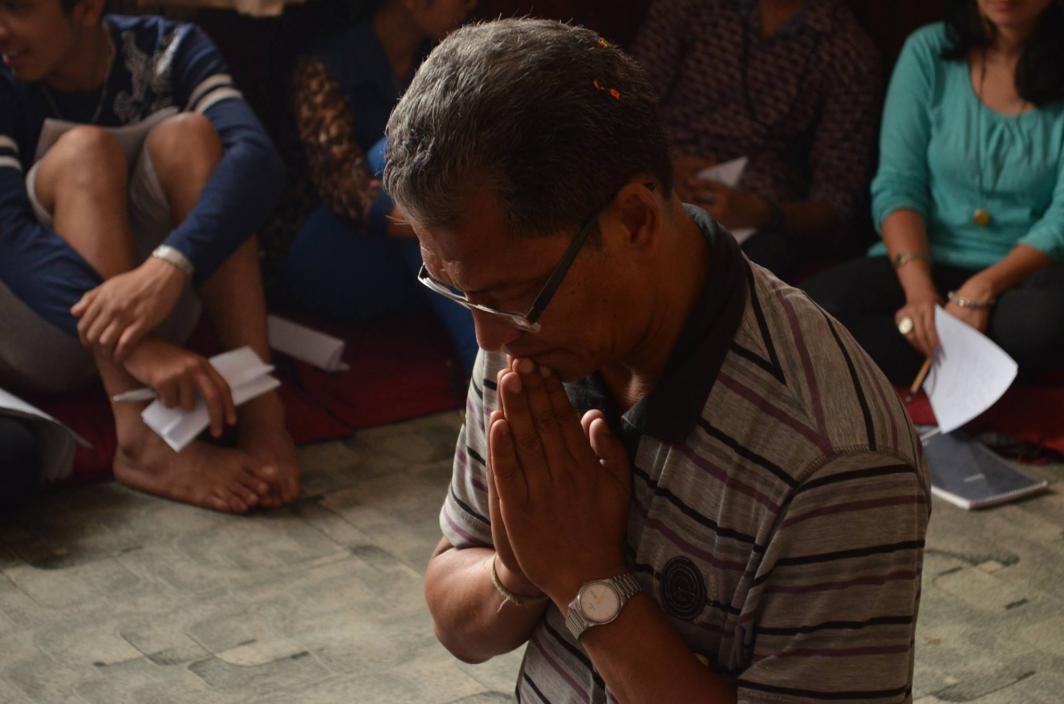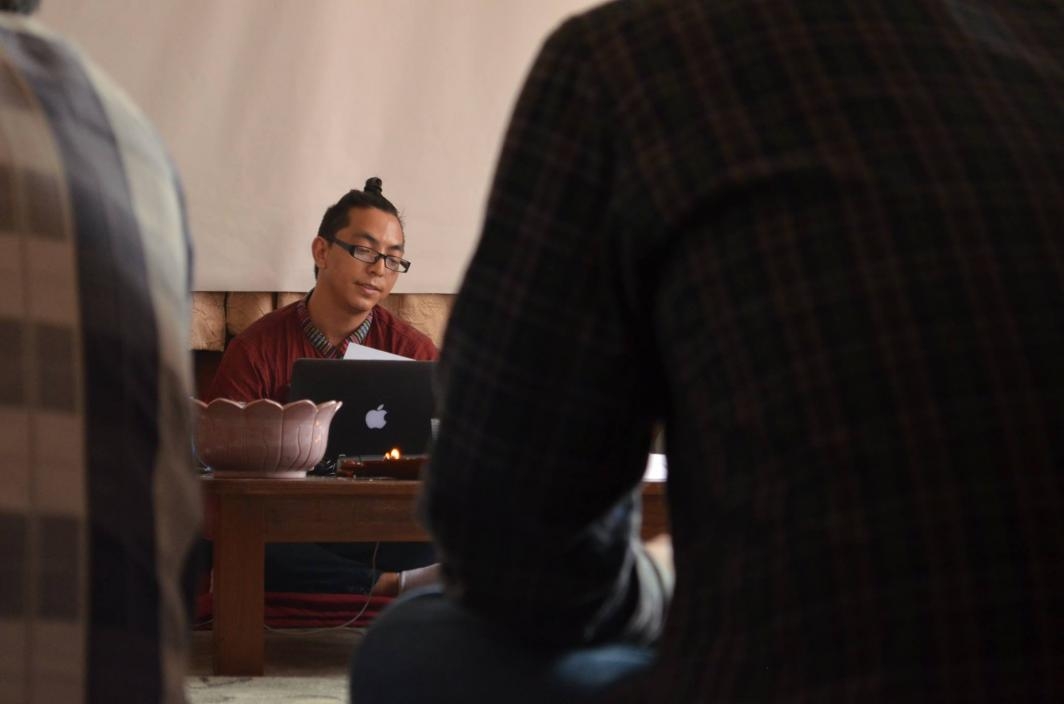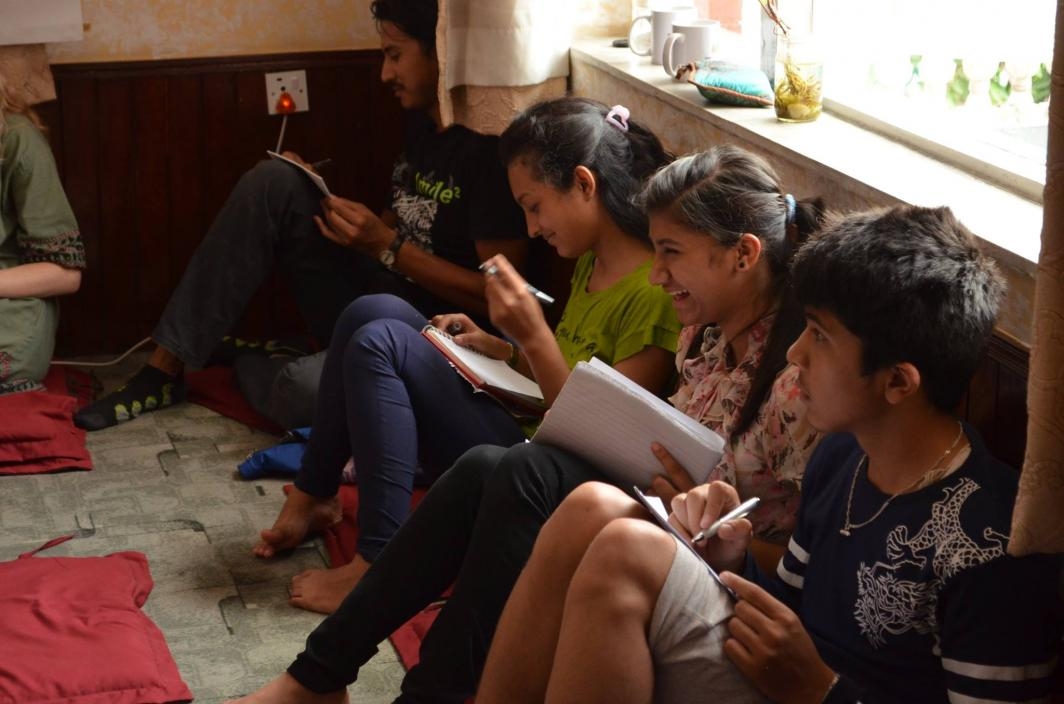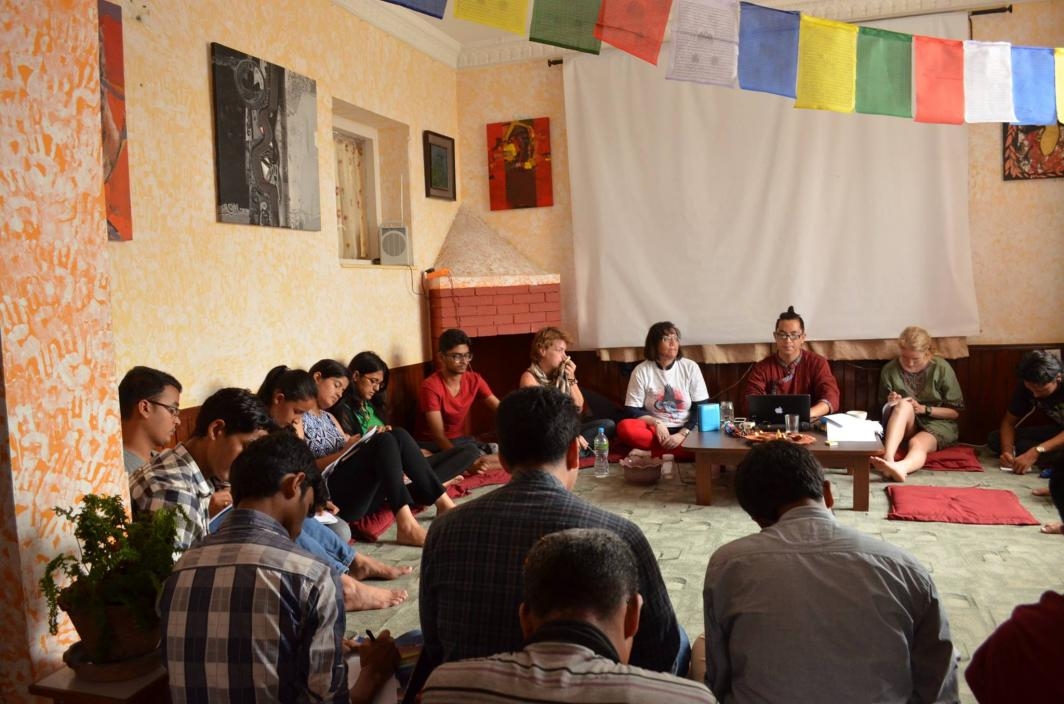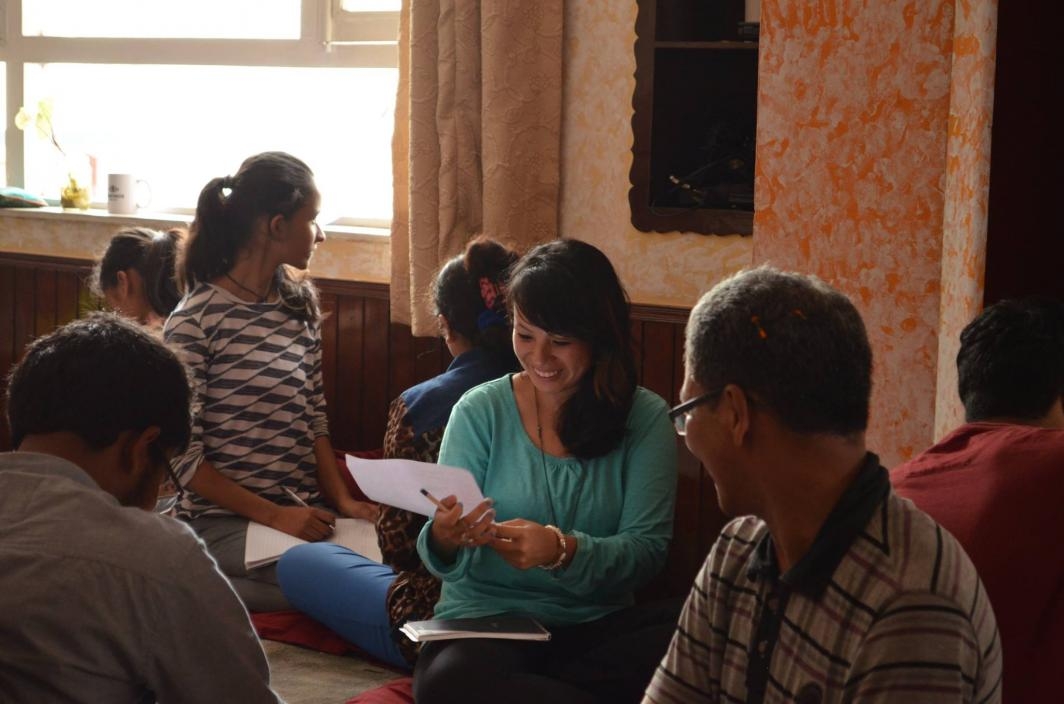A year after a devastating magnitude-7.8 earthquake hit Nepal, the country still faces a lengthy path to recovery — both structurally and emotionally.
In an effort to assist in that process, Arizona State University graduate, poet and writer Samyak Shertok has returned home to Nepal to aid his family, friends and the Nepali people with one goal in mind: healing through poetry.
Shertok grew up in the small community of Phalam Sangu in the Sindhupalchok district, and when he first heard the news about his home country he wanted to help.
He grieved for his family through his poetry, including his published work “Aftershocks,” a poem he calls a “love letter to his county.”
Shertok said he felt a “great sense of visceral release” when he completed “Aftershocks” and wanted to find a way to heal his community the best he could.
In July 2015, he founded the “Healing Through Poetry: Nepal Earthquake Relief” project through Kickstarter. He sought to raise $5,000 in the effort to travel to his native land with the hope to heal, rebuild, document and transcend the pain from the historic tragedy. Within four months, and 57 backers, he raised $5,500.
In April 2016, Shertok left Tempe and traveled to Nepal to embark on his project. But soon after he was set to return home, Shertok said he felt a pang of doubt.
“At first I was skeptical, because it is poetry, right? But I believe creating art out of this tragedy can help the country heal in a way the conventional relief packages will not be able to do,” Shertok said.
Since arriving in Lalitpur, Nepal, Shertok has partnered with NexUs Culture center, a collaborative that believes in activism through art, and he has hosted workshops where he found himself warmly welcomed by the Nepali people.
Samyak Shertok guides a workshop in Nepal.
“I was surprised with how open and well receptive the people were with the workshops and the poetry, overall,” Shertok said. “Poetry can have practical impacts, even tangible.”
The sessions he hosted included meditative exercises with the goal of transforming the perception of the tragedy, and bring awareness to the duality of life — most prominently with what Shertok called the “Burning Hate and Love” exercise.
“On one side of the sheet is an unpleasant experience; on the other side a pleasant one. We burn both: Poetry has to rise above hatred, anger and any other negative emotions,” Shertok said. “Poetry can start from a dark space, but by the end, there has to be light. There has to be warmth.
And though he knows he is not healed from this tragedy — and may never be — he chooses to move forward to document, remember and transform his grieving into beauty.
“Tragedy is a part of all of us. It's how we grow and endure from it that shapes us in life.”
Top photo: Workshop participants engage in collaborative poetry.
More Arts, humanities and education

Local traffic boxes get a colorful makeover
A team of Arizona State University students recently helped transform bland, beige traffic boxes in Chandler into colorful works of public art. “It’s amazing,” said ASU student Sarai…

2 ASU professors, alumnus named 2025 Guggenheim Fellows
Two Arizona State University professors and a university alumnus have been named 2025 Guggenheim Fellows.Regents Professor Sir Jonathan Bate, English Professor of Practice Larissa Fasthorse and…

No argument: ASU-led project improves high school students' writing skills
Students in the freshman English class at Phoenix Trevor G. Browne High School often pop the question to teacher Rocio Rivas.No, not that one.This one:“How is this going to help me?”When Rivas…


